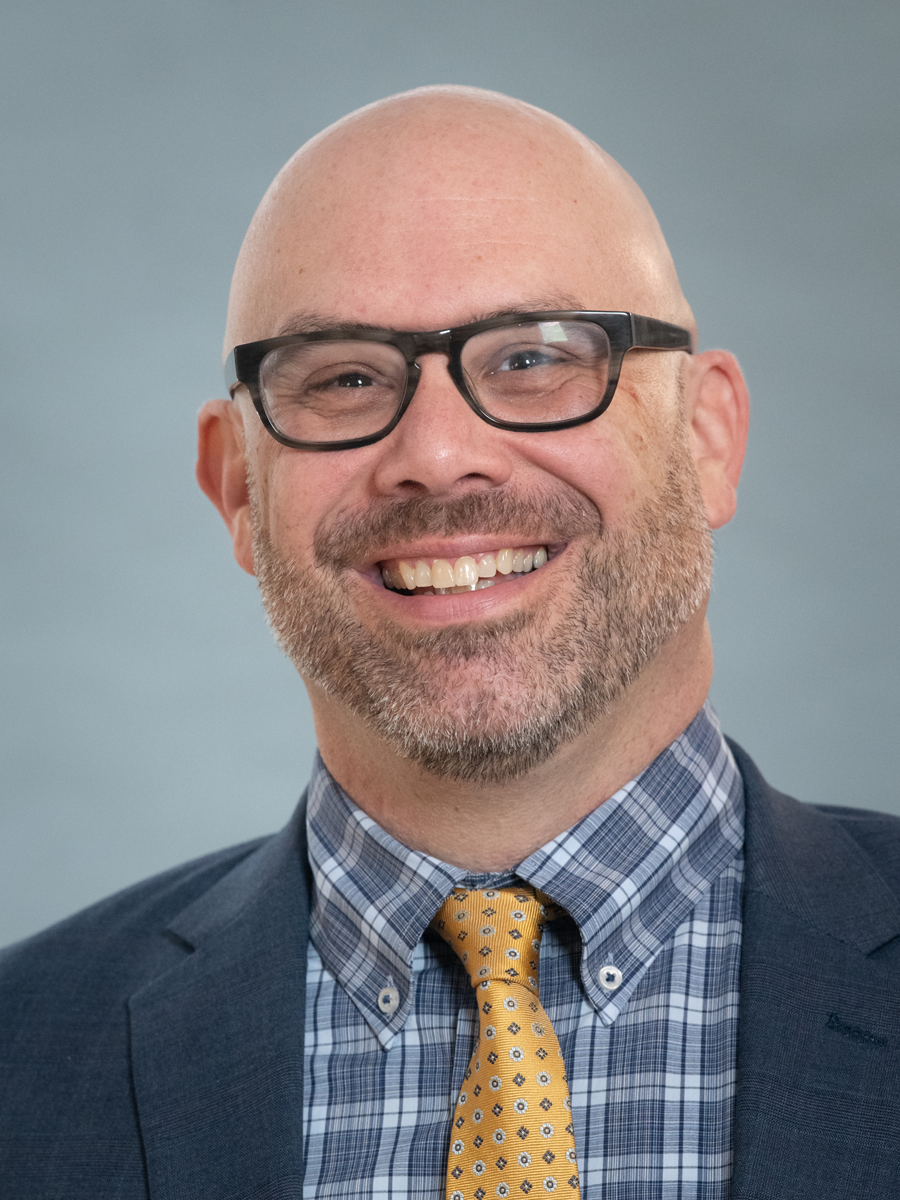Talking Shop: Marketing is a Contact Sport

Keith Paul
Chief Marketing Officer,
Northern Essex Community College, Haverhill, Massachusetts, U.S.
Keith Paul joined Northern Essex Community College in Haverhill, Massachusetts, U.S., in 2002 as its Chief Marketing Officer. Since then, he and his team have launched a new website, built an intranet on which employees are encouraged to blog, established a monthly campus communicators meetup, revamped the overall brand architecture, made brand-aligned templates accessible to colleagues across the college, and shifted work management to Asana. Here, he talks about the importance of community college branding and how small shops can make big progress.
What major challenges are community college marketers currently facing?
Community colleges are slower to adopt and adapt to trends in communications and higher education, often because we’re smaller and not as well-funded as R1 [larger research] universities. Also, our employees tend to stick around for a long time; change is hard, and many people avoid it. One of the things we’re trying to do at our college is to build a new culture around transparency, collaboration, and insight into what every team is doing. It’s not that those things haven’t existed before, but we’re really trying to leverage marketing’s relationships across the college to bring groups together.
Why is it imperative for community colleges to focus on building cohesive brand identities?
Many community college students work, some have kids, and many have multiple jobs. How do we give them the best learning experience while also reducing barriers? Do students feel seen, supported, and like they belong? Are there things they can do here outside the classroom? And how do we communicate this? It’s vital to show that community colleges are vibrant places. It signals to a prospective student or even a current student, “there’s probably something for me here.” It’s not about replicating everything four-year colleges do but instead asking, “How can we borrow from institutions that do these things well, and how can we do it at our scale?”
What’s an example of how your team has borrowed and scaled ideas from larger institutions?
Our acceptance packets to students were going out in #10 envelopes, the kind with the little windows. The admissions team later started sending them in letter-sized manila envelopes, which was better but still generic. We saw this and said, “We can do better.” We created a beautifully branded, FedEx-style envelope and strategized with admissions about what should go inside. We focused on sharing much less information—beautifully designed—including what accepted students need to know now to persuade them to come here.
Many community college marketing teams are understaffed. How can they step up their marketing game too?
Find a partner who will work with you and see your vision forward, and focus on just that. Our admitted student envelopes have shown others internally the value of what our team can bring.
We also partnered with our athletic department, which previously livestreamed all basketball and volleyball games on its YouTube channel. I talked to the athletic director about moving the livestream to the college’s official YouTube channel instead because it has thousands more followers. It’s a win-win: Games reach a wider audience and we bring new people to our channel with no extra resources required.
I once had a boss tell me that “marketing is a contact sport.” Some of our most successful ideas have come from walking around and talking to people. We launched a well-received, biweekly, 30-minute Zoom update with our president. It started with a hallway conversation when someone asked, “Can we do this?” We try to look at challenges through a lens of “What would have to be true [for us to do this]?” versus the more binary “Can we?” You’ll surprise yourself at the simple elegance of thinking smarter.
About the author(s)
Kristin Hanson is a freelance writer and editor who previously served as an editor for Currents.
Tags
Article appears in:

July - August 2024
Creating a Global Network: Dutch alumni teams extend their international reach. Also, meaningful donor and fundraiser relationships, meeting the mission at public regional universities, and connecting the pieces on a community college brand refresh.

